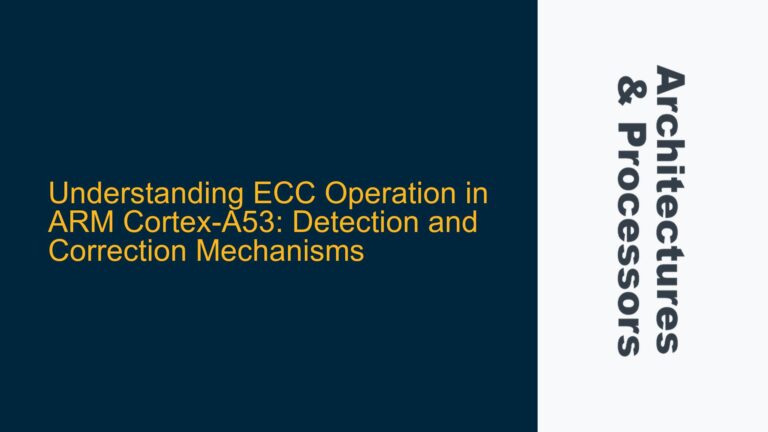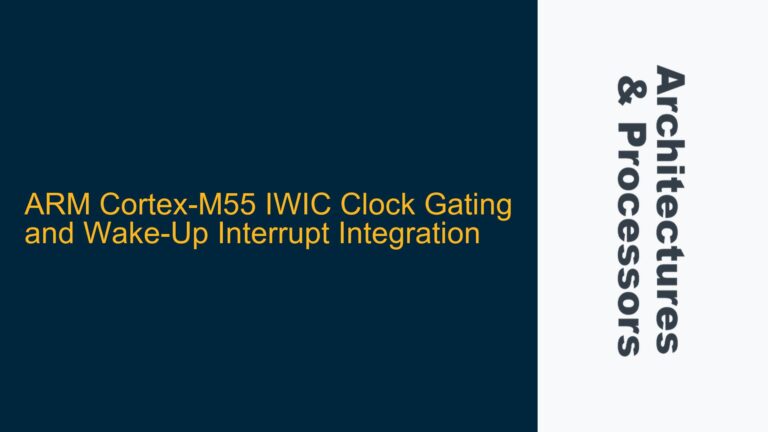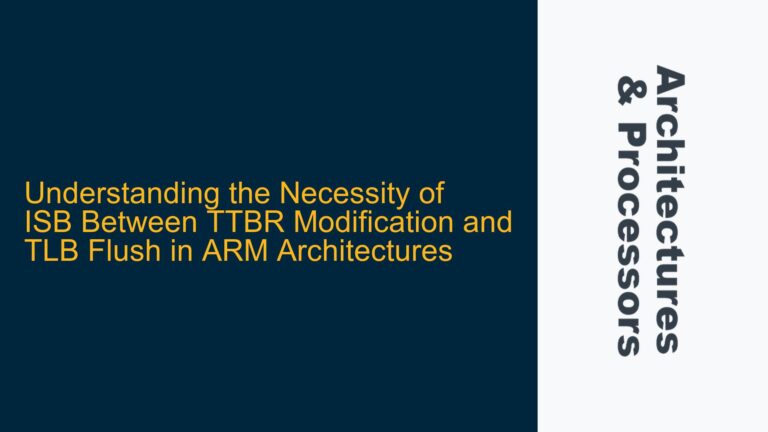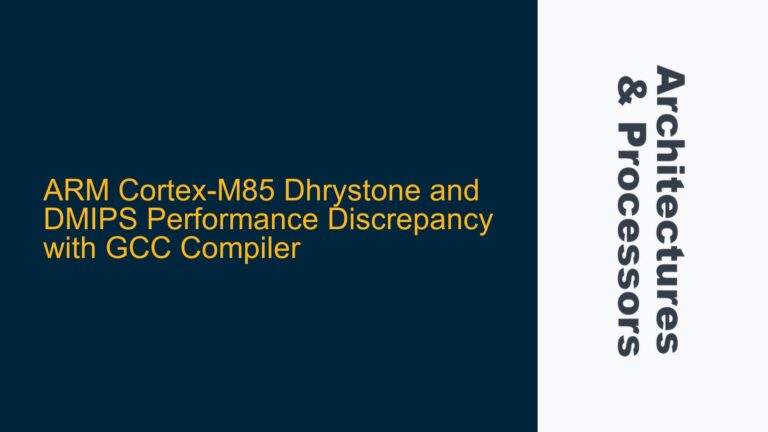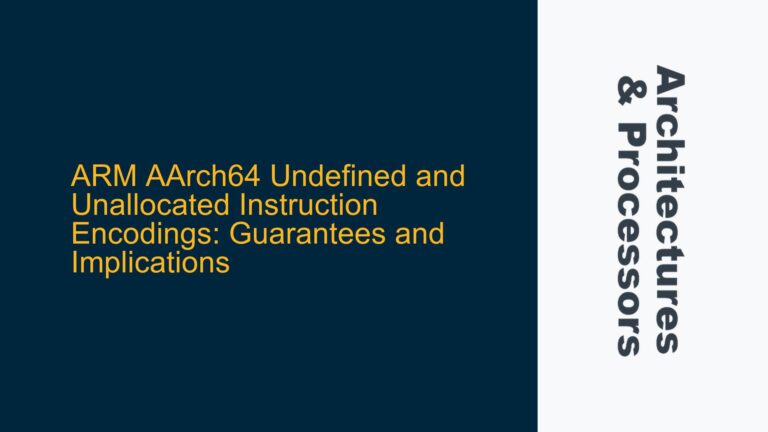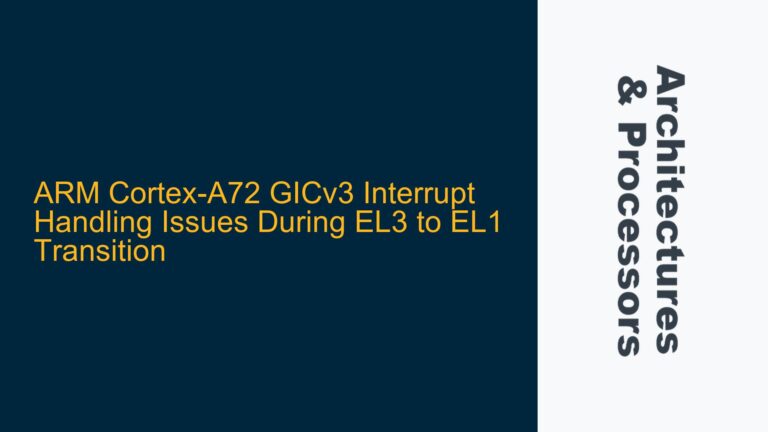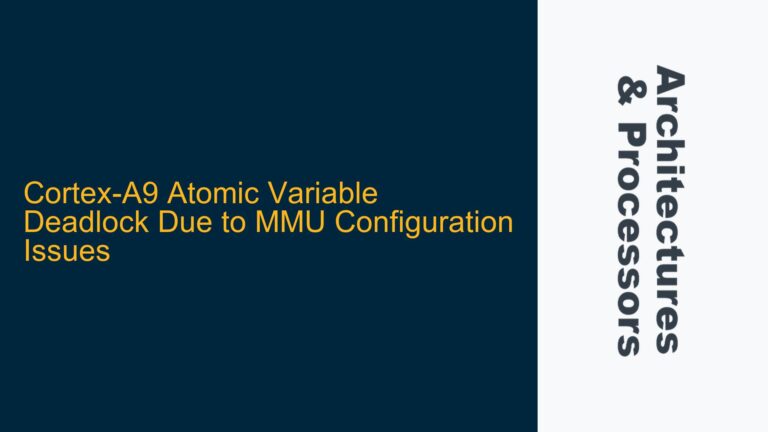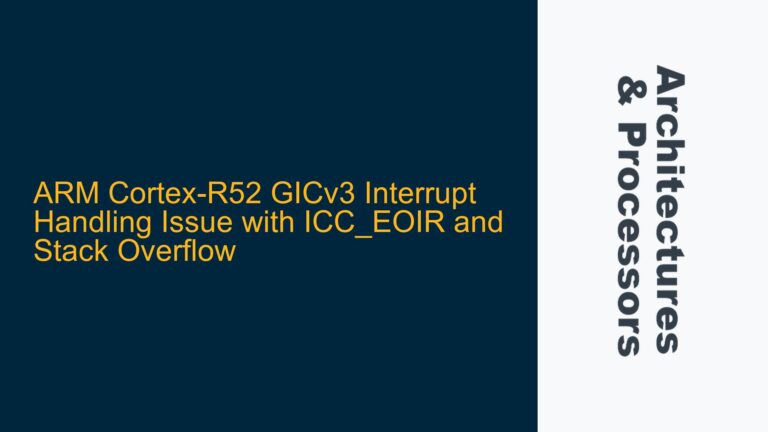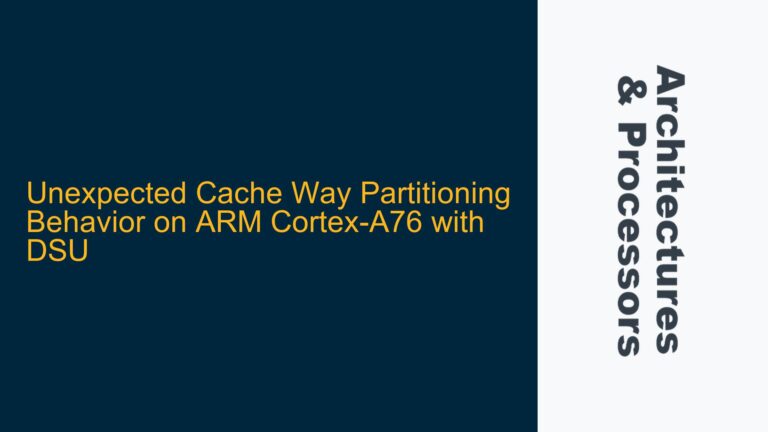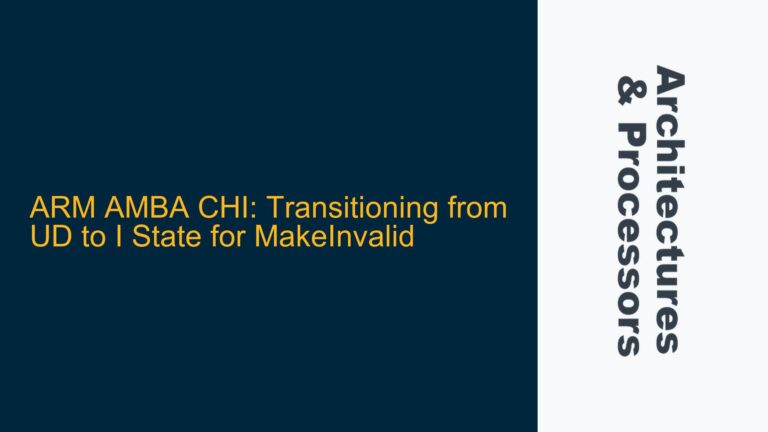ECC Operation in ARM Cortex-A53: Detection and Correction Mechanisms
ECC Functionality in ARM Cortex-A53: Overview and Operational Context Error Correction Code (ECC) is a critical feature in modern processors, particularly in safety-critical and high-reliability systems. In the ARM Cortex-A53, ECC is implemented to detect and correct bit flips in memory, ensuring data integrity. The Cortex-A53, being a widely used core in embedded and mobile…
